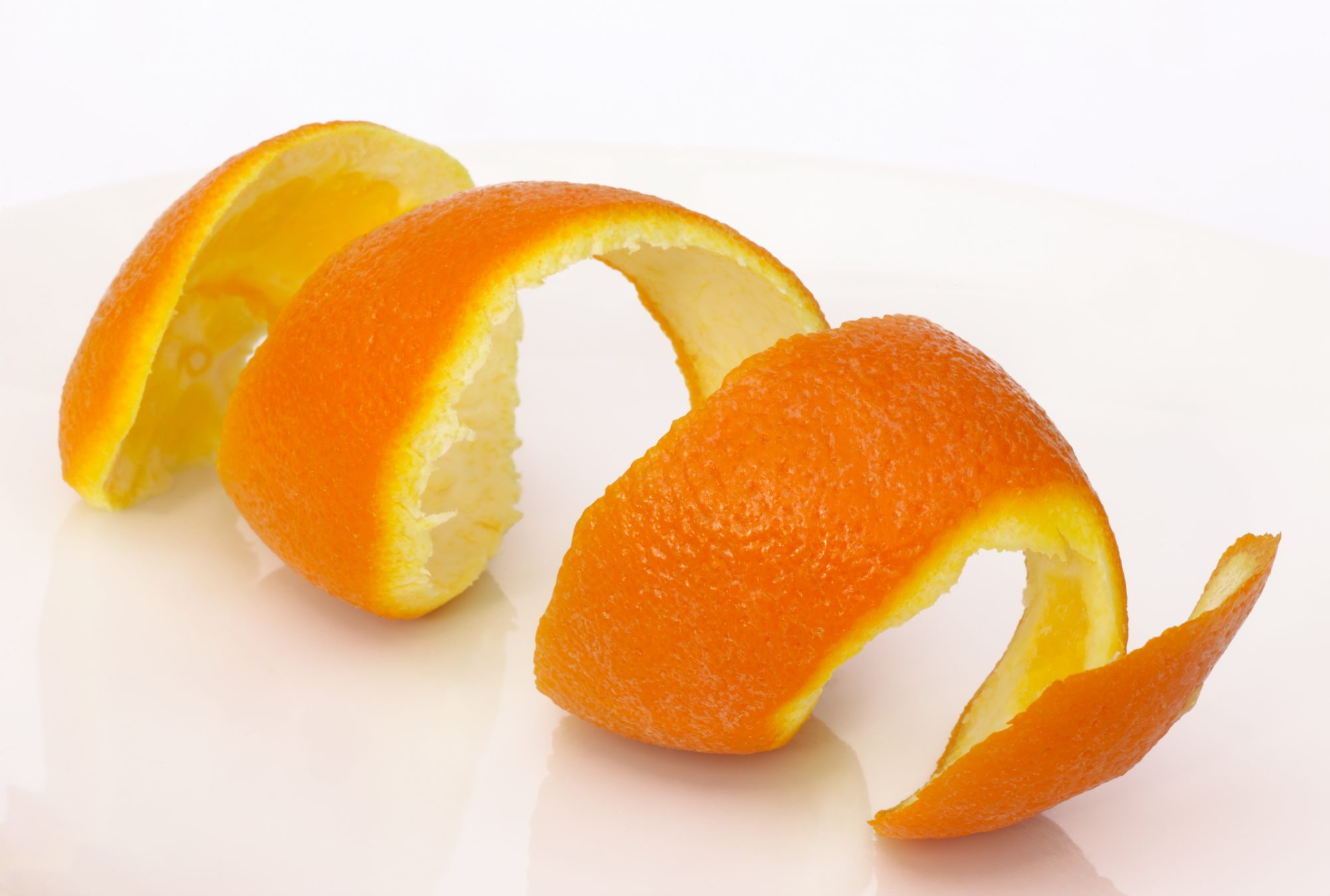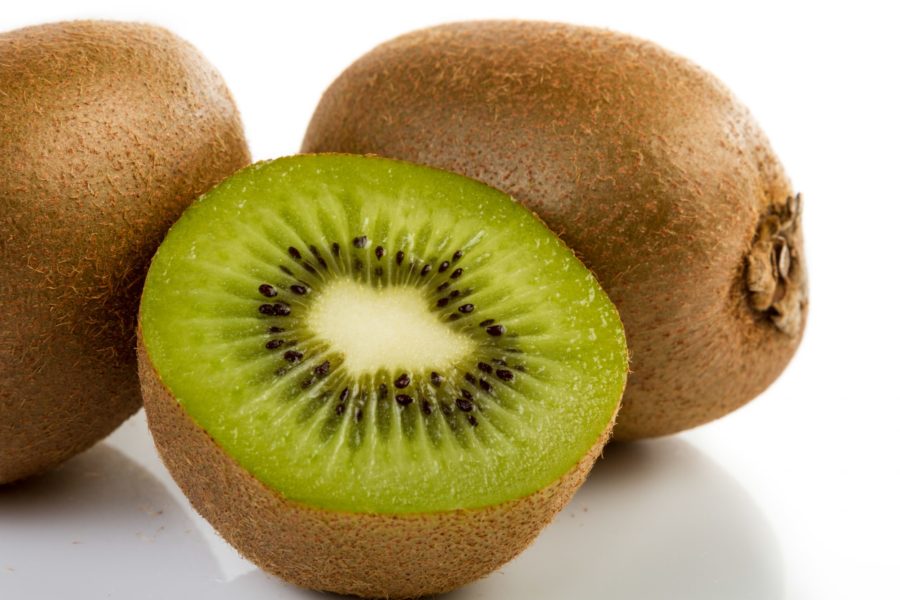9 parts of foods you should stop throwing out and start eating.
Avocado pit flour, for example, is next-level good for you.
The following written content by Anna Rahmanan

What if I were to tell you that one way to reduce waste involves eating more food? Yes, I know, you’ve probably heard a lot about making your kitchen habits “greener” by trying your hand at composting, signing up for a CSA program, or swapping out standard kitchen tools. But there’s a much simpler eco-friendly step forward to be taken: discard less of what you eat. In fact, a whole lot of food parts that you’re used to throwing out are not only edible, but also nutritious.
Did you know, for example, that the skin of a mango is a great source of vitamin C? That banana peels don’t necessarily need to land straight into the garbage because they can be baked?
Here, we break it all down for you. A general suggestion going in: Try to invest in organic fruits that are in season to limit your exposure to pesticides as much as possible. If a fruit is in season, it’s likely not bombarded with the sort of chemicals that would allow for, say, watermelon, to grow in a winter climate. There’s also something to be said about an in-season fruit’s flavor: the more naturally it ripens, the fresher and more delightful every part of it will be to eat. Trust me on this one.
Watermelon rinds

Sure, the sweet, juicy inside of a watermelon is all you really crave on a hot summer day, but it’s actually the rind of the fruit that is most nutritious. In fact, the skin is packed with water and fiber. More specifically, the green part of the rind is where you’ll find citrulline, an amino acid said to have libido-boosting powers; it can also reduce blood pressure and relax your arteries.
How to eat them: A popular way to eat the rinds is to quick-pickle them, which transforms the fruit into a sweet, briny snack. Try it!
Carrot tops

Let us forever put this rumor to rest: Carrot greens are not poisonous. Sure, they might be bitter, but they’re actually filled with a slew of vitamins, plus calcium and iron.
How to eat them: Believe it or not, they taste great tossed with greens in a salad. Or skip the basil and sub them in with equal parts baby spinach for pesto.
Pineapple cores

They’re certainly harder to bite into and not as sweet, but the cores surprisingly contain the same nutrients as the rest of the fruit. Pineapple is rich in bromelain, an enzyme that helps with inflammation and can even reduce muscle and arthritis-related pain. According to experts, the tropical fruit also has potential cancer-fighting properties as it helps break down the blood-clotting protein fibrin.
How to eat them: Chop up pineapple core and add to fruit salad. Unfortunately, there’s no trick to making them more tender…unless you’re into grilling your pineapple?
Banana peels
These might actually be the most under-appreciated part of any fruit in America. They’re so commonly trashed here you may find it hard to believe they’re eaten in other parts of the world. Why? They contain vitamins B6, which is great for your immune system, and B12, which a lot of people are deficient in.
How to eat them: Yes, I understand the mere thought of eating a banana whole might freak you out. But why not bake the peels as if they are plantains?
Citrus rinds

It’s no secret that citrus rinds are heavy on the nutrients, but it still feels weird to bite into a full orange or lemon. If it gives you less pause, studies show that there is vitamin C is more heavily concentrated in the citrus peel than the fruit flesh, so try to consume some of it at least. Other nutrients found in the rinds: calcium, iron, folate, magnesium, and potassium, among others.
How to eat them: The most obvious suggestion is to add citrus zest to…everything. Or add the remaining scraps to a salad for a boost of fiber and punch of flavor. Another option? Whip out that blender and throw the things in whole. You will no longer notice the difference between the peel and the pulp once they’re in liquid form, I promise.
Bonus tip: Our Senior Food Editor Lena suggests to “candy them, toss them with sugar to make a super concentrated syrup (as seen in this Spiked Coconut Limeade), simmer them in soups or sauces, or, if you’re feeling crafty, turn them into candles.”
Cauliflower leaves

You might already be cooking these when roasting the popular cruciferous for dinner, but I’m here to tell you that eating the green part of the food is, in fact, a great way to boost your immune system via vitamin C and selenium. Read more from Delish.





